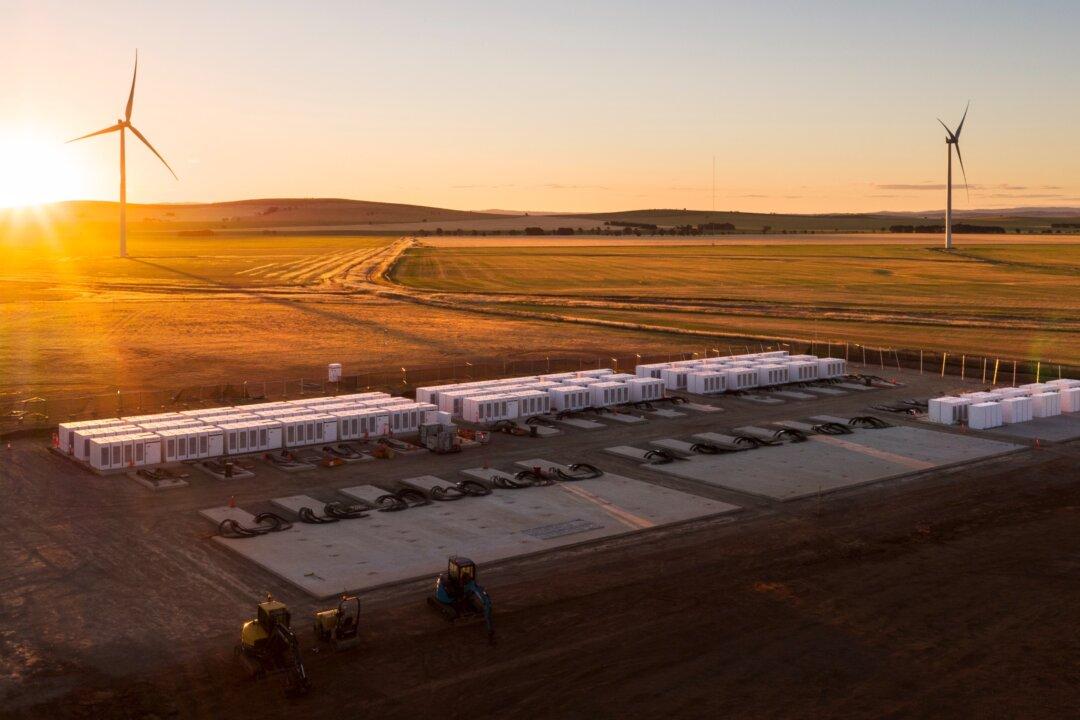South Australia’s big Tesla grid battery is being taken to court by the Australian Energy Regulator (AER) after failing to provide grid stability measures despite being obligated to do so.
Known officially as the Hornsdale Power Reserve, the 150 Megawatt (MW), 77 minute grid battery was built by Tesla, and is now owned and operated by Neoen—a company headquartered in France. It was the largest in the world at the time of construction.





